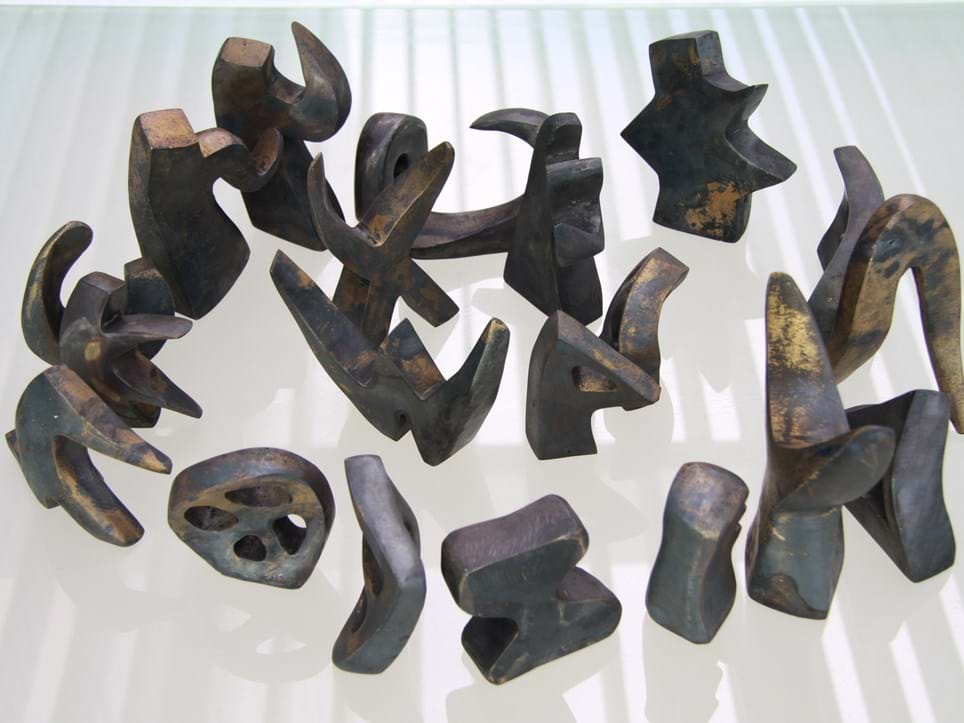Set within the School of Oriental and African Studies, the Brunei Gallery is treasure of a space. A stone's throw from Russell Square and the British Museum, both full of history, there is a feeling of "off the beaten track" when it comes to finding the large doors to building that houses three floors of exhibition wallspace.
And now a new show opens that adorns and informs. The Future of Traditions - Writing Pictures: Contemporary Art from the Middle East features the work of 37 artists from Iran and the Arab world, spanning three generations of creators. The show explores the evolution of a vernacular Lettrism movement from its early pioneers in the 1960s to the present day. The participating artists come from diverse backgrounds and possess distinct styles, but all take inspiration from their own culture, using the morphology of letters and phonemes, and the rhymes and rhythms of calligraphy to abstract words and numbers into pictures and thoughts into images. The curator, Rose Issa, has long championed artists from a region that only recently has achieved record-sales levels at the auction houses, otherwise having been relegated to "underrepresented" spaces and collector walls more enamoured with global names.
But the moment is now. Inspired by the book "Signs of Our Times: From Calligraphy to Calligraffiti" (2016), the exhibition includes artists whose concerns, whether conceptual, socio-political or simply aesthetic, have made a distinctive contribution to world art. Among the 37 artists represented, only a very few are traditional calligraphers, offering a glimpse into a variety of contemporary art approaches using Persian and Arabic scripts, while introducing the work of some younger-generation women artists.
You can notice several instances of the word "La" (No) as a form of protest against injustice and double standards, or the word "Salam" (Peace), made of swords. These artists use richly varied vocabularies of art, whether paintings, sculptures, ceramics, or creating 'artist books', to offer a fresh perspective on the creativity that the region has inspired.
For historical references, the exhibition incorporates selected manuscripts from the treasures of the Special Collections of the SOAS Library, from 9th-century Kufic parchments to 16th-century Safavid poetry or 18th-century specimens of calligraphic Mashq in a concertina book. These precious items from the past are now in dialogue with the contemporary works in this exhibition, and history meets meanings of today.
Learn more HERE
The Future of Traditions











